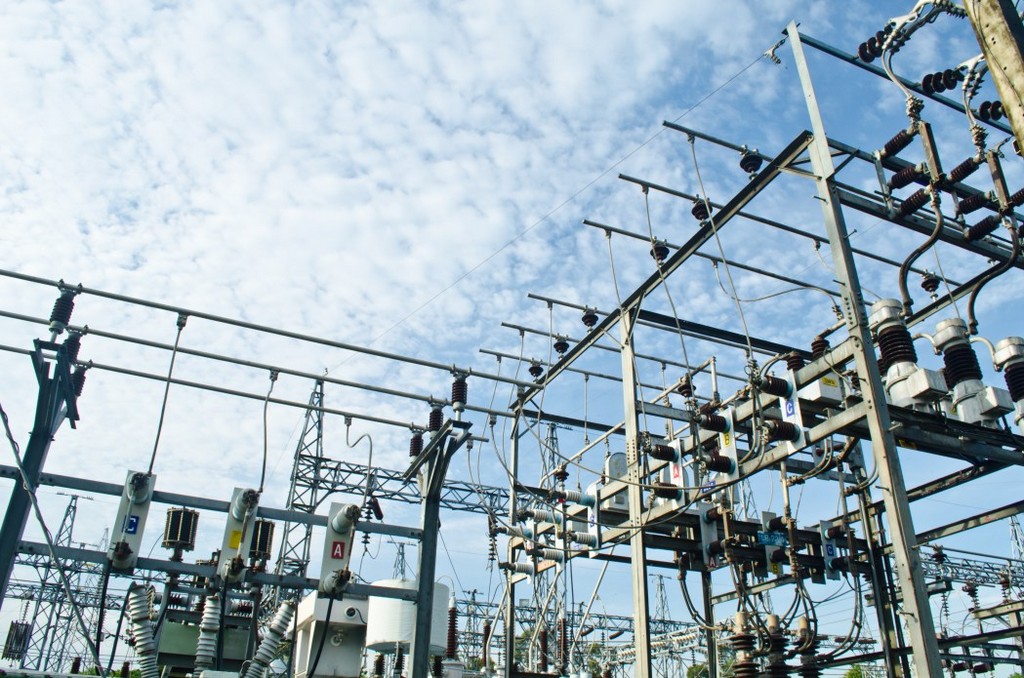Increased capacity in Visayas could mean stiffer competition — WESM
- August 5, 2016
- 0

The Wholesale Electricity Spot Market (WESM) recorded a 29 percent increase in the generating capacities of plants in the Visayas grid, which could mean stiffer competition within the power sector, the agency said.
As of end-July, the WESM recorded 2, 854 megawatts (MW) of generated capacity in the Visayas grid, higher than last year’s 2, 213 MW.
The generated capacity accounts for nearly 3, 000 MW of the 17, 120 MW registered within the WESM.
The increase could be attributed to the income of emerging renewable energy sources in the likes of solar, wind, and biomass facilities. The 59-MW solar power plant in Negros Occidental that began operations in April delivers about 80 gigawatt hours (GWh) of clean and renewable energy to the Visayas Grid.
Two new coal-fired power plants in Iloilo were also seen as major contributors to the generated capacity.
Customers in Visayas sourced around 17 percent of their energy requirements from the electricity markets while 83 percent came from power supply agreements, data from WESM data showed.
Philippine Electricity Market Corp. (PEMC) president Melinda Ocampo said that lower electricity rates would come as a consequence of greater competition in the electricity market.
“Lower electricity costs would also encourage investors, such as those from the manufacturing sector, to put up businesses here,” she said in a press briefing on Thursday.
PEMC governs WESM, which is a centralized venue for electricity trade where prices are based on actual supply and demand.
“Since WESM reflects real prices, it sends a good signal for investments,” Ocampo added.
In June, WESM had a total 272 participating members, 101 of which are generation companies and 171 were customers.
PEMC vice president for corporate planning Robinson Descanzo said the average generation offers in the market rose to 10, 506 MW in the first semester of the year, versus the average actual demand of 8, 435 MW for the same period last year.
“The interaction of the demand and supply resulted in an average spot price of P2, 913 per MWh for the past six months,” said Descanzo.
He said that the difference between supply and demand creates a margin that compromises the reserve capacities to be used in case committed generating units bog down.
Descanzo said that the smaller the margin, the higher the spot price will be.